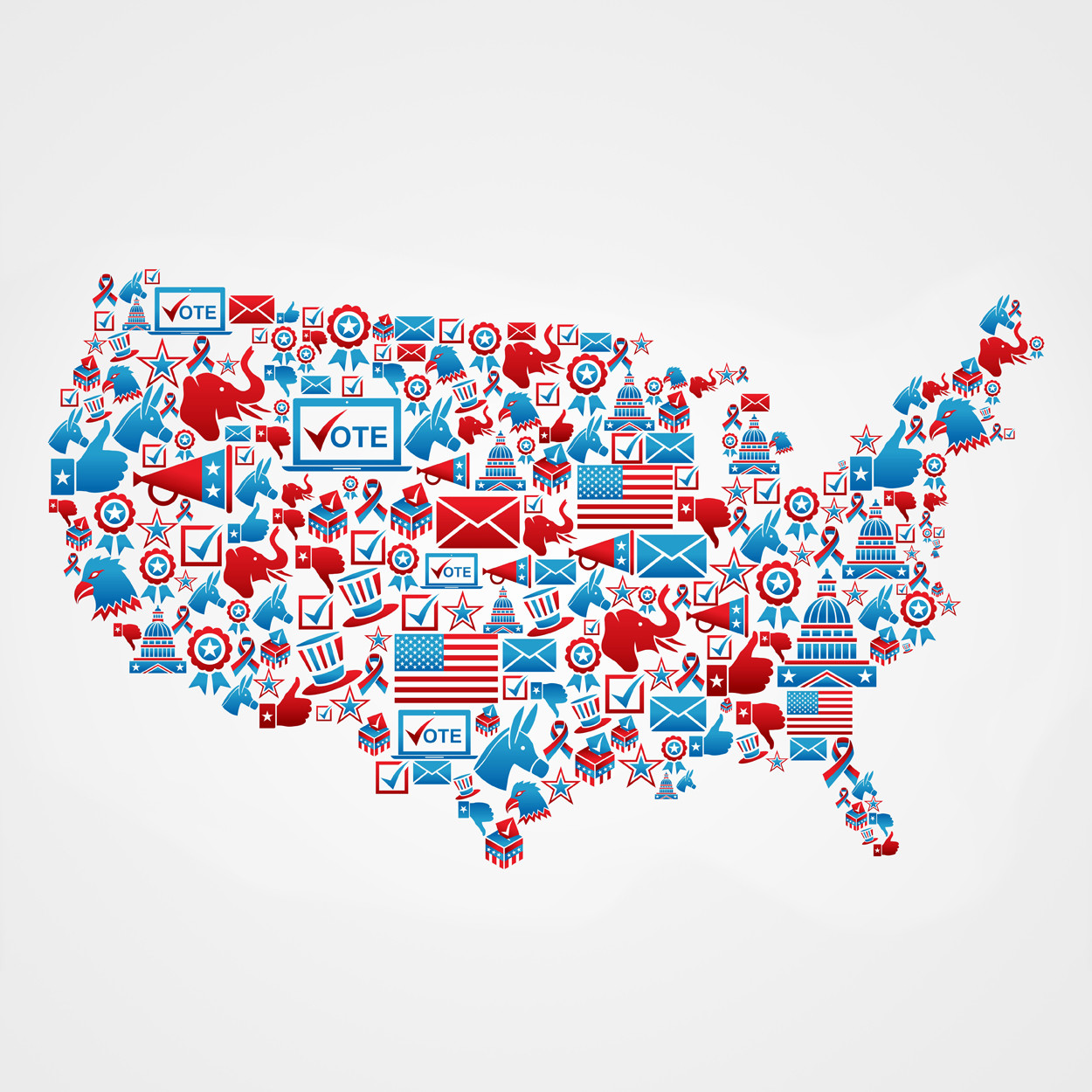The act of voting in elections is the fundamental act of participation in our democratic system. But year after year, millions of Americans fail to show up at the polls. Why don’t people vote?
In their landmark study of voting published in 1980, political scientists Steven Rosenstone and Raymond Wolfinger argued that people didn’t vote because it was difficult. They focused mainly on the process of registering to vote—a task that in the 1970s was in many ways more onerous than the act of voting itself. Some states required voters to register weeks in advance of election day; others required them to travel great distances to a county office. These requirements created tangible barriers to voting.

From this perspective, the cause of low voter turnout was the high costs of voting. Rosenstone and Wolfinger therefore argued that the solution to increasing turnout was to make voting easier by easing registration requirements.
Making voter registration easier came with an added benefit, according to some. Reformers believed that such changes would not only increase turnout, but level the political playing field as well. In 1988, political scientists Richard Cloward and Francis Fox Piven argued that easing registration requirements would lead to greater socioeconomic equality in the composition of the electorate. Thus, registration reform would be the magic bullet that could fix a variety of electoral ills.
In the four decades since Rosenstone and Wolfinger made the call to ease registration requirements, the government answered their charge. The 1993 National Voter Registration Act explicitly directed states to allow voter registration at motor vehicle agencies and through mail-in procedures. With the passage of the Motor-Voter Act, the act of registering to vote became a trivial matter. The high costs identified by Rosenstone and Wolfinger disappeared.
Furthermore, the act of voting became easier as well. In the last 20 years, election officials have enacted a number of different reforms designed to increase turnout by easing restrictions on the casting of ballots including early voting, the relaxing of stringent absentee balloting procedures, and universal voting-by-mail (VBM) in states such as Oregon and, most recently, Colorado. Taken together, the changes over the last 40 years have greatly reduced the direct costs of registration and voting; it has never been easier to cast a ballot than it is today
But the effects of these reforms have surprised scholars and reformers alike. The recent wave of electoral reforms does not seem to have had any significant effect on voter turnout. And there is even evidence that some of the new reforms may have actually decreased turnout.
A brief survey of some of these studies paints a clear picture. Two different research teams concluded that the Motor-Voter Act did not change turnout rates in the United States. Likewise, making the act of voting easier does not seem to have increased turnout rates consistently. My research with political scientists Nancy Burns and Michael Traugott found that VBM increased turnout slightly in Oregon. But political scientists Thad Kousser and Megan Mullin conclude that VBM actually decreased turnout in California. In a similar vein, political scientist Barry Burden and his colleagues have argued that early voting thwarts traditional mobilization activities, thereby counteracting any gains that could rise from lowering the direct costs of voting. The balance of evidence is clear: lowering the direct costs of voting does little if anything to increase turnout.
Moreover, contrary to the predictions of Piven and Cloward, lowering the costs of voting might skew the electorate in important ways. Research by myself and others indicates that the wave of voting reforms have had significant, if unintended consequences, on the types of people who turn out to vote. In particular, reforms designed to make voting easier actually magnify the existing socioeconomic biases in the composition of the electorate.
These two unexpected consequences have a common cause. The problem, I believe, is that when we talk about the “costs” of voting, we have been thinking about the wrong kinds of costs—the direct costs of registering to vote and casting a ballot. Most politicians and scholars have focused reform efforts on these tangible barriers to voting, making it easier for all citizens to vote, regardless of their personal circumstances. But, as I have argued elsewhere, the more significant costs of participation are the cognitive costs of becoming involved with and informed about the political world. Studies of voting from the last 60 years make this point clear. Political interest and engagement, after all, determine to a large extent who votes and who does not.
By focusing on the wrong kind of costs, we have lost sight of the real effects of reforms such as early voting and voting by mail. Rather than stimulating the unengaged, who are relatively deficient in political and economic resources, reforms to make voting easier mostly serve to keep existing voters voting. Thus, any slight increase in turnout works by ensuring that politically engaged voters continue to come to polls election after election. Nonvoters are left behind. Without engaging this segment of the US public, turnout will remain low.
What then, can be done? If we are serious about increasing turnout, we need to change the nature of the conversation about voting reform. Institutional change alone will not bring about a democratic electorate. Put simply, no matter how low the direct costs to casting a ballot are set, the only way to both increase turnout and eliminate socioeconomic biases in the voting population is to increase the engagement of the broader public with the political world. Political information and interest, not the high tangible costs of the act of voting, are the real barriers to a truly democratic voting public.
[The last names of Piven and Cloward were swapped. Correction made on 2-21-16]
Support SSIR’s coverage of cross-sector solutions to global challenges.
Help us further the reach of innovative ideas. Donate today.
Read more stories by Adam Berinsky.

